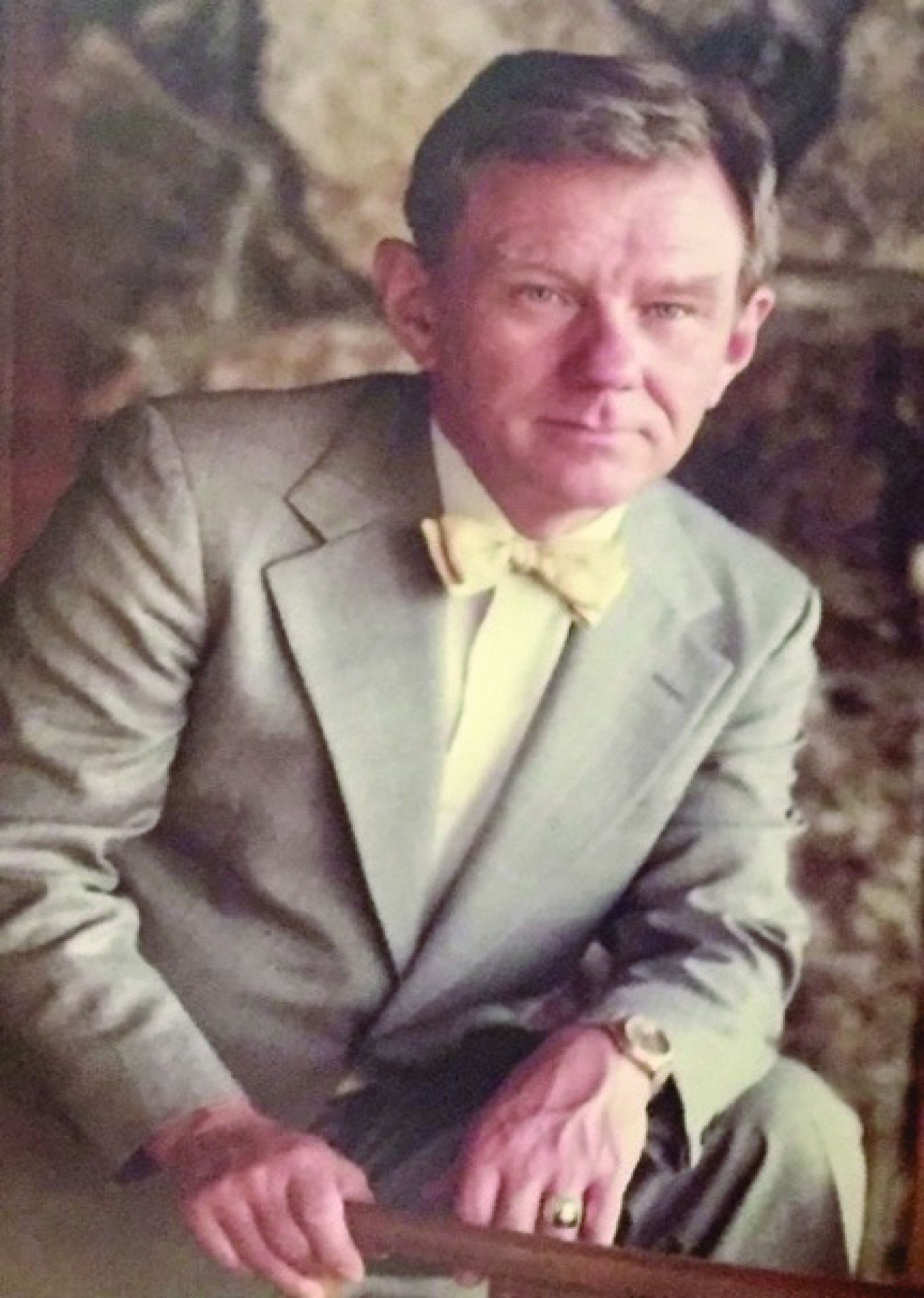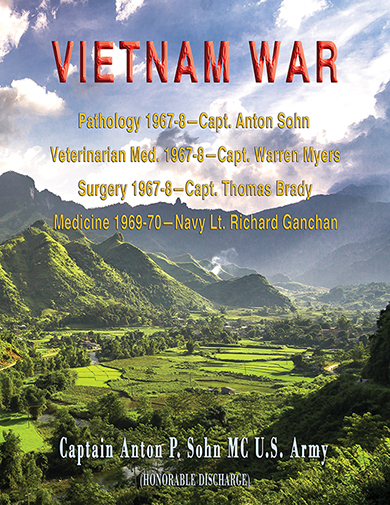About Author
I vowed I would not write about my army career until I found the letter from President Lyndon B. Johnson starting with “Greetings”. I have searched all my archives and could not locate the letter. Therefore, I am breaking my vow and recording my army career in the following pages. My military career started at the University of Cincinnati (UC), where I joined the U.S. Air Force Reserve Officers' Training Corps (ROTC). This was not a requirement at UC, but at the time it was a requirement at Indiana University (IU), where I finished my undergraduate studies. The UC program included training at Wright-Patterson Air Force Base in Ohio between my first and second year. When I transferred to IU for pre-med studies, my two years in ROTC at UC exempted me from ROTC at IU. After graduating in 1961 from Indiana University School of Medicine, I interned at the San Francisco General Hospital when the war in Vietnam was heating up. My roommate at SFGH, Dr. Bruce Farrell, and I decided to join the Navy Fight School at Pensacola and become flight surgeons. I changed my mind, but Bruce went ahead and completed the training and entered the navy. Sad-to-say, Bruce was later killed in a helicopter accident in Vietnam. My father died during my internship, and I returned to Indianapolis in 1962 to stay with my mother while I decided on a medical career. I did a general practice locum tenens in Dr. Victor Vollrath’s office and decided to pursue a career in pathology. I met Arlene, got married, and moved to Tacoma, Washington in 1963 for a clinical, anatomical, and forensic pathology residency under Dr. Charles Larson, one of the world’s foremost forensic pathologists. We were enjoying the Northwest when I got a letter in 1966 drafting me into the U.S. Army. Before I got drafted, I told my Uncle William Fulton, who had served in the U.S. Hospital Corps in France during WWI (World War I) and as a dentist during WWII, that I could join the U.S. Public Health Service and avoid the draft. He sternly told me in no uncertain terms that no one in our family had ever refused military service. When I was drafted, I had completed three years of the four-year residency required to be eligible for the American Board of Pathology examination. I was given one year credit for two years in the military and became board eligible after discharge. I passed the examination in 1968 and became certified in anatomical and clinical pathology. Because of my experience, I was certified in forensic pathology. When I took the board examination in San Antonio, Texas in 1968, I walked on the sidewalk when a black man met me head-on. I had to step aside to let him pass. Life in the U.S. had changed since Martin Luther King, Jr. was killed earlier in 1968. The following information is from handwritten notes and 454 pages of daily letters I wrote to my wife, my mother, relatives, and friends. Information from Thomas W. Brady, Warren D. Myers, and Richard P. Ganchan is from interviews. IT IS MY HONOR TO SERVE IN THE GREATEST MILITARY OF ALL-TIME!

